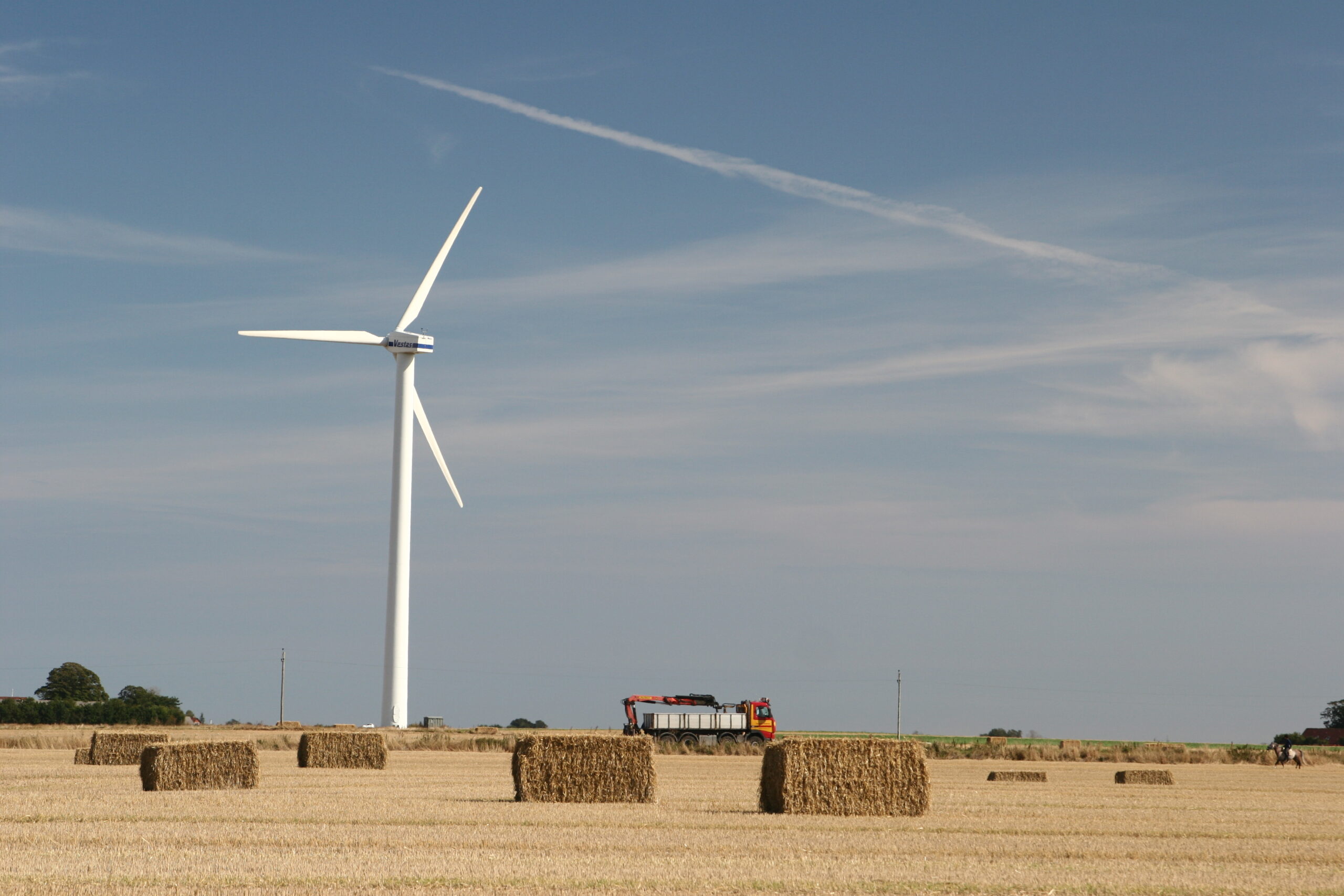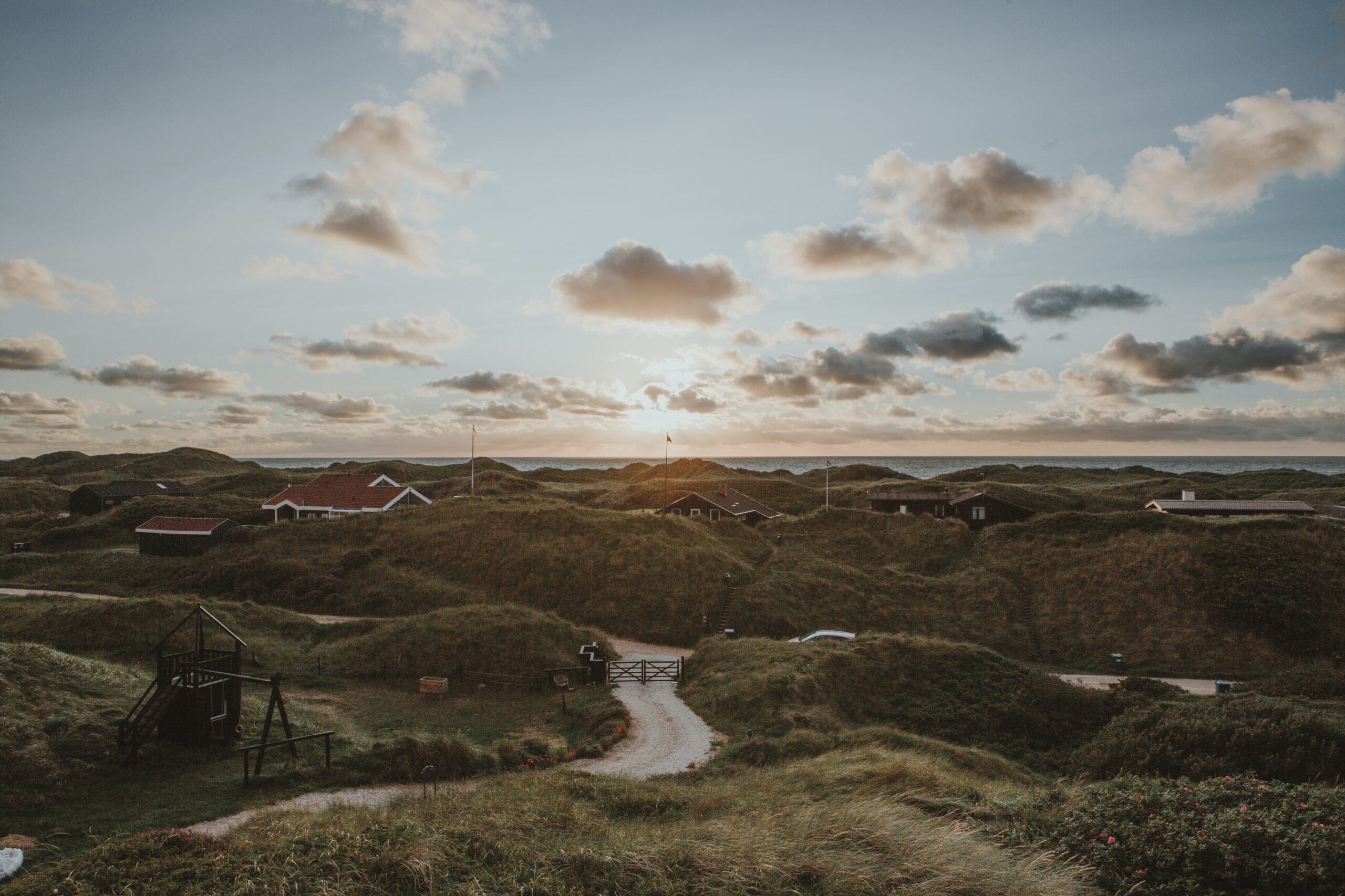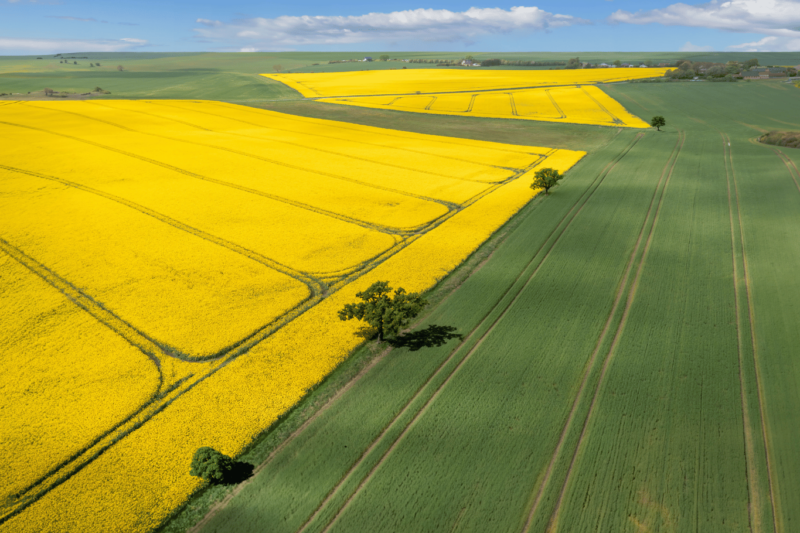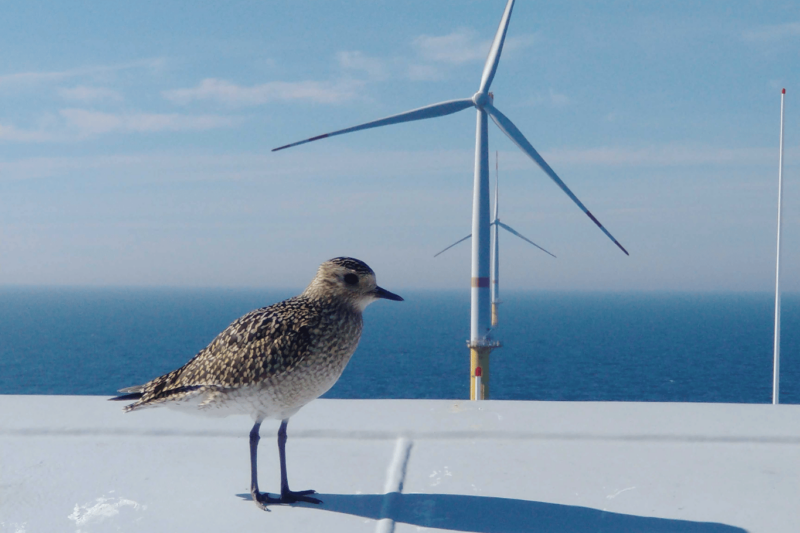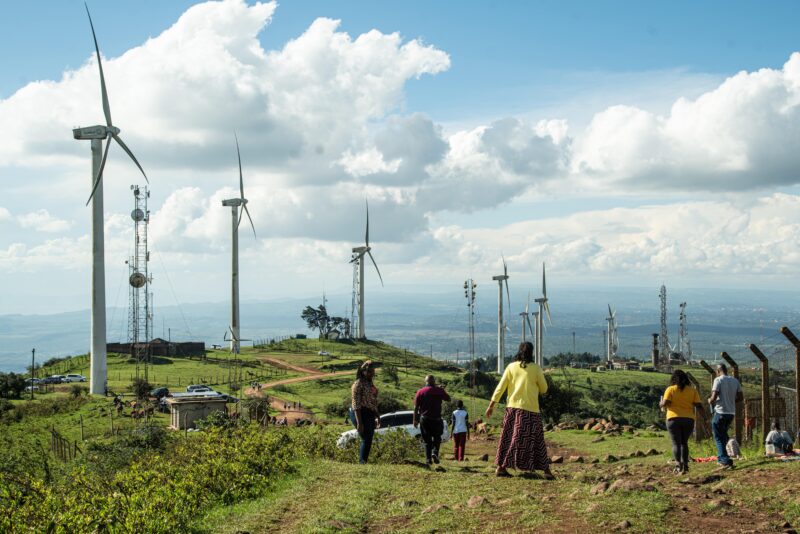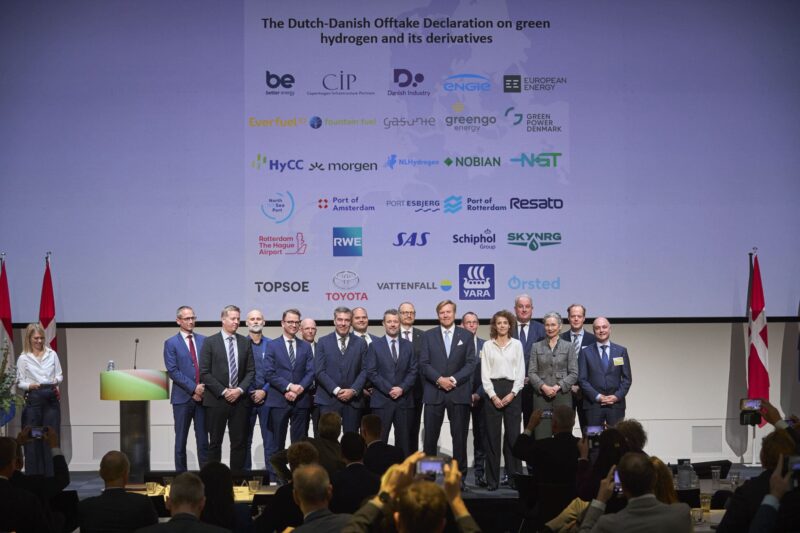Coal use reaches historic low
Denmark’s coal consumption decreased by 36% in 2023, marking the lowest level in the history of the country’s energy statistics. This milestone is part of a broader trend, with fossil fuel usage down by 7.7% last year. The reductions extend across other fossil fuels, including a 5% decline in natural gas and a nearly 4% reduction in oil consumption, reflecting a collective national effort to pivot away from traditional energy sources.
Renewable energy on the rise
Renewable energy use grew by 3% in 2023, largely driven by a substantial 35% increase in solar power consumption. Wind, biogas, and other renewables also contributed to this growth, reinforcing Denmark’s commitment to diversifying its clean energy sources. Meanwhile, reliance on imported wood pellets slightly decreased, leading to a 3.4% reduction in Denmark’s renewable energy imports—a step toward greater energy self-sufficiency.
Renewables dominate electricity generation
The country’s electricity generation now leans heavily on renewable sources, which accounted for over 82% of the electricity supply in 2023, up slightly from the previous year. Wind power contributed more than half of this renewable electricity at 53.8%, with biomass at 16.4%, solar at 9.3%, and biogas providing the remaining 2.5%. This balanced energy mix underscores Denmark’s ongoing progress toward a carbon-neutral energy system.
Lower carbon emissions reflect energy shift
With these changes, Denmark’s carbon emissions from energy use dropped by 7.6% in 2023, representing a reduction of 2.1 million tons. Since 1990, the country has successfully halved its energy-related CO2 emissions, reflecting the enduring impact of Denmark’s climate-focused policies and practices.
Domestic production supports energy independence
Denmark’s production of renewable energy grew by 5.3%, meaning that renewable sources continue to cover more than half of the country’s total energy demand. By increasingly sourcing energy domestically, Denmark is moving toward greater energy independence and resilience in a shifting global energy market.
